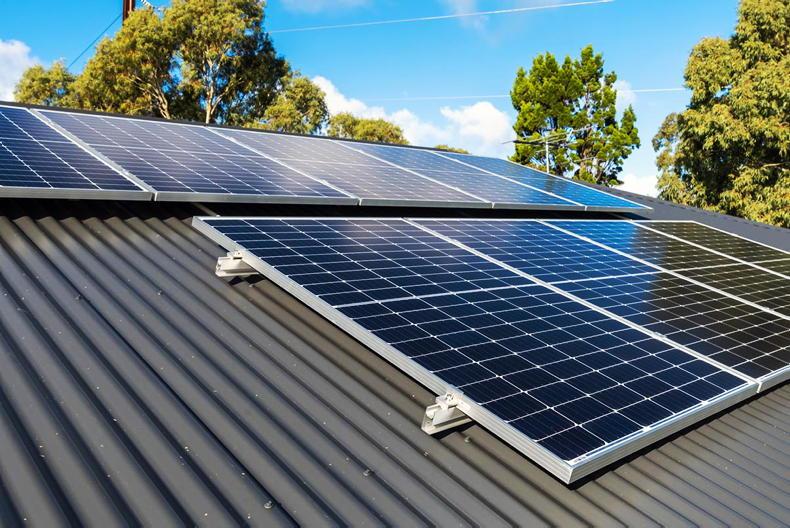The United Kingdom, according to its Department of Energy, plans to be a ‘global leader’ in the production of hydrogen, and has recently doubled its near-term target to 10 gigawatts by 2030. On 12 July, Eamon Ryan, the Minister for Environment, Climate and Communications, joined the global leadership contest in welcoming the publication of Ireland’s new National Hydrogen Strategy.
“Our wind resources are amongst the best in the world. Using these resources to create hydrogen, and targeting it towards those sectors which are considered hard to decarbonise, will be integral in ensuring the decarbonisation and security of our energy system into the future. Ireland can become a green hydrogen powerhouse from our renewable energy potential.”
The contest for global leadership in renewable energy is heating up, in tandem with the record temperatures, and has led the World Trade Organisation to warn that it could lead to a subsidy war between governments. There has been a marked reluctance internationally to agree on policies which would cut emissions at minimum cost, such as carbon taxes, while blue-sky schemes relying on unproven technology are attracting unprecedented levels of tax-breaks and subsidies. It is possible to deliver ‘green’ hydrogen without direct use of fossil fuels through splitting water using an electrolyser into hydrogen and oxygen, using renewable electricity that would otherwise be surplus. When the wind blows, several European countries, including Ireland, already have so much capacity that wind generators have to be curtailed. There is no affordable technology which stores electricity at scale, but hydrogen can be liquefied, transported and possibly stored in quantity, overcoming the handicap of intermittency, which sounds attractive. But a huge new hydrogen industry comes at a price.
Onshore versus offshore
The cheapest renewable electricity in these latitudes will most likely come from onshore wind. There are solar developments underway too, but solar is more promising further south. Offshore wind in shallow water with turbines fixed to the sea-bed costs more than onshore, while offshore wind in deep water, where only floating turbines are feasible, costs even more. Generation located in waters distant from the market also entails costly investment in transmission networks.
In both Ireland and Britain, politicians have been dialling down their enthusiasm for onshore wind. Despite costs they know to be lower than the offshore alternative, they deem offshore less provocative to voters and voter-friendly assurances have been given that result in planning delays for turbines and transmission pylons. There has also been pressure on grid companies in several countries to place underground whatever high-voltage lines are approved, which costs far more than pylons. Given a choice between saving the planet and preserving the view, rural residents in Britain and Ireland have opted for the view.
The UK’s ambitions in the green hydrogen sector derive in part from its proximity to the shallow North Sea, where offshore wind turbines anchored to the ocean floor are feasible and also close to substantial markets. This helps to contain capital and operating costs in both generation and transmission. Ireland is not so lucky, surrounded by waters which are deeper for the most part, but which include some convenient sandbanks close offshore in the Irish Sea and near to centres of high demand. Some of the Irish Sea proposals have nonetheless attracted opposition from politicians of all parties along the east coast, including the south Dublin suburbs, sensitive to the preferences of constituents who would endorse Ireland’s green ambitions if pursued elsewhere.
Hydrogen strategy
Minister Ryan’s welcome for the National Hydrogen Strategy echoes the document’s own bullishness about Ireland’s Atlantic riches: ‘Ireland has one of the best offshore wind resources globally and has the potential to develop a decarbonised industrial opportunity (...) and to become a net exporter of renewable hydrogen in the longer term.’
Great play is made of the extent of the country’s maritime area, seven times the land area, and the published strategy envisages offshore wind generation reaching about four times prospective peak demand by 2050. A recent report by a group of Limerick-area advisers, and welcomed by the Taoiseach, foresaw an even bigger target for offshore wind, with a central role for the Shannon estuary. Only a huge export market could justify the ambition.
A few days after the Irish strategy was launched, one of the UK’s biggest offshore wind projects was halted. Anna Borg, chief executive of the Vatenfall company developing the €13bn Norfolk Boreas site, lower cost than any likely to be available offshore the west of Ireland, said ‘it simply doesn’t make sense to continue this project’. She added that prospective costs are putting ‘significant pressure on all new offshore wind projects’.
There may be a strong demand for hydrogen in Europe decades from now. If it cannot be met from more favoured locations in the North Sea, why Shannon? Where are the energy Department’s cost estimates?










SHARING OPTIONS